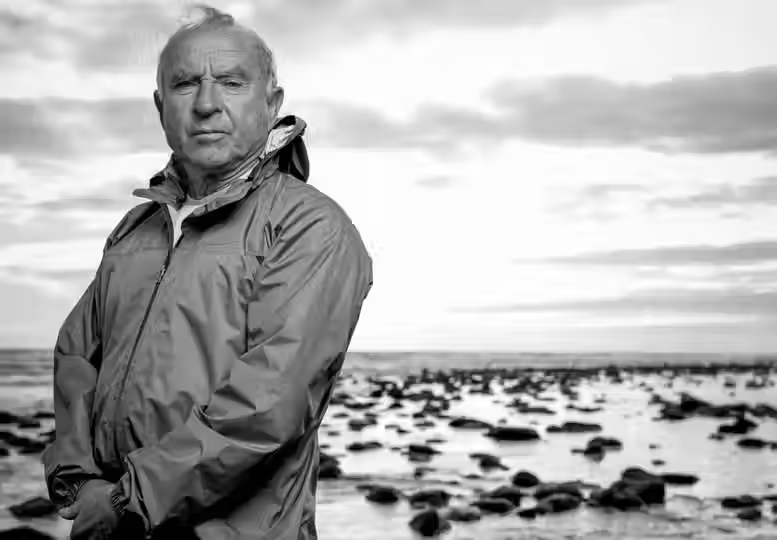
Yvon Chouinard Founder, Patagonia. Source of Image: Ben Baker/ Redux
TLDR:
What started as a repair truck has become a resale movement - Patagonia’s Worn Wear program is quietly reshaping how we think about used gear.
Why do Patagonia jackets hold 60% of their value? The answer lies in a design philosophy built for second (and third) lives.
Patagonia’s repair, resale offering as well as its brand values create off-the-scale brand loyalty and lifetime value.
----
In 1973, a reluctant businessman named Yvon Chouinard founded Patagonia - not to build a fashion empire, but to fund his love of climbing and protect the wild spaces he cherished. He started by forging his own climbing pitons in a blacksmith shop and ended up building one of the most purpose-driven companies on the planet. Chouinard’s early ethos was simple: “Do no unnecessary harm.”
This conviction would become the blueprint for what a thriving sustainable business could look like. This week, I wanted to take a look at how Patagonia and this philosophy has been at the core of its leadership in re-commerce. Where others look for newness, and trends, Patagonia champions longevity and doubles down on repair, reuse and repair. Let’s take a look at the key elements of Patagonia’s re-commerce leadership.
The Scale of Patagonia’s Worn Wear programme
Patagonia’s Worn Wear programme is one of the most mature re-commerce models in the industry. Launched in 2013, it offers customers credit to trade in used gear, which is cleaned, repaired, and resold either online or through pop-ups. Patagonia has repaired over 100,000 garments in a single year (2023), effectively preventing the equivalent of approximately 1.5 million kilograms of CO2 emissions - roughly the same annual carbon footprint as 300 average UK households. Repair and reuse can rival or even surpass the sustainability benefits of buying new “eco-friendly” products. It challenges the common perception that sustainability is only about new green materials or production methods, instead spotlighting the power of extending product life as a critical climate action.
Designing for a Second Life
Resale works when you have garments and clothing that are built to last. Patagonia’s design process prioritises durability, timelessness, and repairability. Jackets can be patched and zippers replaced. As a customer, you are even given DIY repair kits and encouraged to fix the gear yourself. It's an investment which you are taking responsibility for and one which will hold in value. It’s common to find second-hand Patagonia products reselling for 60-70% of their original price. Customers love it as sellers and buyers!
A Business Model & Purpose That Works
By extending product life, Patagonia lowers returns and increases customer lifetime value. At the core of this is a deep customer connection and brand loyalty through its offer to repair and resell. Through its investment in Trove, the platform powering resale for brands like Lululemon and Levi’s, Patagonia is influencing the infrastructure of the re-commerce economy itself. This is a long-term growth strategy rooted in sustainability and systems thinking.
Culture & Community
When you buy an item made by Patagonia, you are buying into this belief, this philosophy and these values. These values are genuine and backed up by action. Through the Worn Wear blog and social media, the brand shares stories of repaired gear, customer journeys, and the environmental impact of extending product life. This transparency builds trust and transforms customers into passionate advocates for circular fashion. The “Don’t Buy This Jacket” ad wasn’t a stunt. It was a challenge to both consumers and the industry to rethink our relationship with stuff. This is why Patagonia and its customers celebrate and rejoice in resale.
Returning to first principles
These elements seem to be obvious and logical when you put them together. This story seems even more relevant than ever and yet it has been 52 years in the making. Each chapter written to deliver against a bold vision and counter-intuitive idea - that keeping clothing in use is more important than selling something new.
There’s a lot of excitement around re-commerce in 2025 as something new yet re-commerce isn’t the new frontier as Patagonia have shown - it’s a return to first principles.
Share this Article on:

